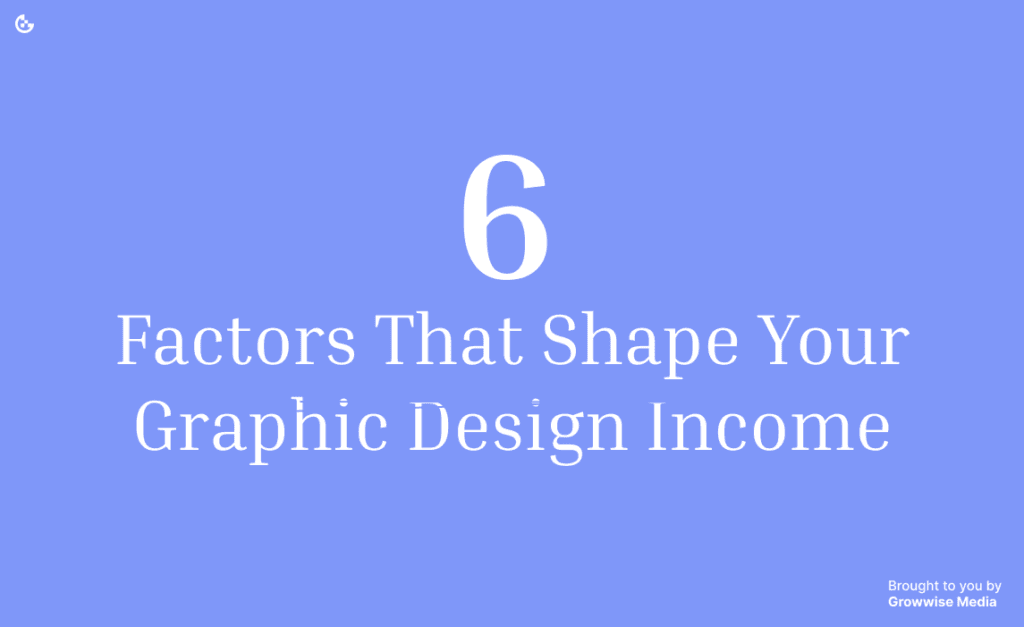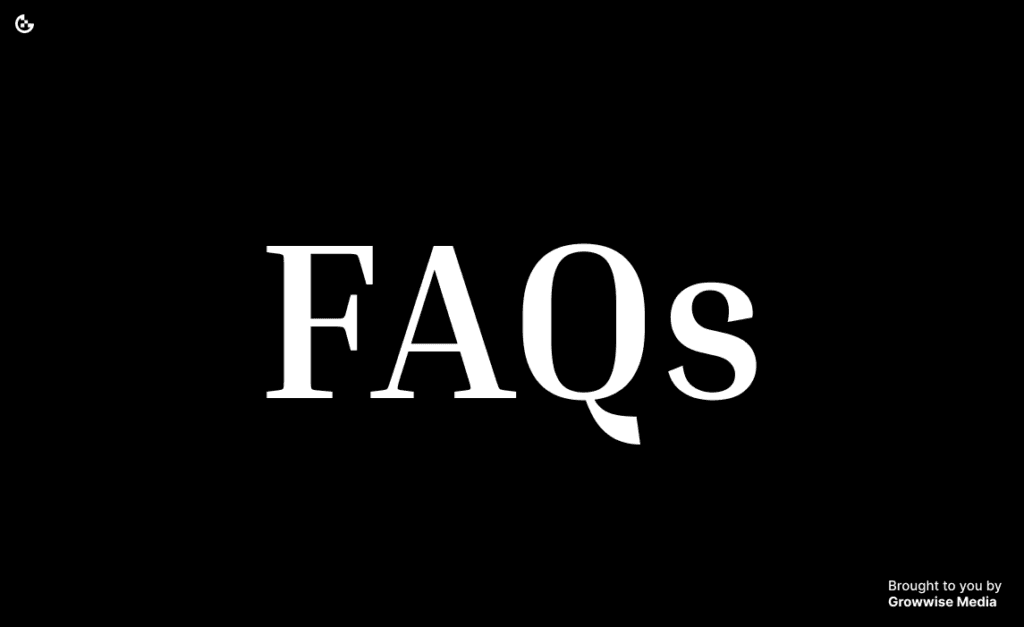
Introduction: Let’s Talk Money
So, you’re a graphic designer. You live for crisp typography, color palettes that pop, and layouts that tell stories.
Whether you’re freelancing full-time, considering the leap, or working in-house, one question nags every designer:
“How much can I actually earn doing this?”
Good news: The income of graphic designers isn’t just a guessing game. In this deep dive, we’ll unpack real numbers, compare freelance vs. in-house salaries, and share actionable tips to boost your earnings. Spoiler: Your skills are worth way more than you think.

What’s the Average Income of a Graphic Designer? Let’s see
According to the U.S. Bureau of Labor Statistics (BLS), the average income of a graphic designer in 2023 was $59,970 annually, or roughly $28.83 per hour. But hold on—this isn’t the full story.
- Freelancers: Platforms like Upwork report that freelance graphic designers earn between $25–$150/hour, with top talent hitting $200+ for specialized work.
- In-House Designers: Glassdoor data shows salaries ranging from $45k (entry-level) to $95k+ (senior roles in tech hubs like SF or NYC).
Why the gap? Freelancers juggle variable workloads and self-employment taxes, but they also have unlimited earning potential. Meanwhile, in-house roles offer stability but often cap salaries unless you climb the ladder.
Key Takeaway: Your graphic design income depends on who you work for, where you live, and how you sell your skills.

6 Factors That Shape Your Graphic Design Income
1. Experience: From Rookie to Rockstar
Newbies might start at $35k/year, but seasoned pros (5+ years) easily double that. Freelancers, however, can accelerate growth by raising rates annually.
2. Location: Geography = Paycheck
A designer in San Francisco earns 30% more than one in Kansas. But remote work is changing the game—freelancers can now charge NYC rates from Bali.
3. Niche: Specialize to Monetize
Generalists earn less. Niches like UX/UI design ($85k average) or motion graphics ($70k+) command premium rates.
4. Clients: Cheap vs. High-Value
Working with small businesses? Rates hover around $30–$50/hour. Corporate or tech clients? Double it.
5. Portfolio: Your Money-Making Magnet
A strong portfolio justifies higher rates. Showcase projects that align with your target clients’ needs.
6. Negotiation: Ask, and You Shall Receive
40% of freelancers undercharge due to fear of rejection. Spoiler: Confident pricing attracts better clients.

Freelance vs. In-House: Which Path Pads Your Wallet More?
Let’s settle the debate.
In-House Pros:
- Stable paycheck, benefits (healthcare, 401k).
- Career growth (Creative Director roles can hit $130k+).
Freelance Pros:
- Unlimited earning potential (raise rates anytime).
- Tax deductions (home office, software, courses).
Freelance Cons:
- Feast-or-famine cycles (plan for dry spells).
- No employer-sponsored benefits.
The Verdict: Freelancers often out-earn in-house peers long-term but need discipline. According to PayScale, the average income of a graphic designer who freelances full-time is $65k–$110k, versus $55k–$85k for in-house roles.
5 Ways to Earn More as a Graphic Designer (Freelancer or Not)
1. Niches > Generalists
Focus on high-demand areas like:
- Branding & Logo Design: Charge $2k–$10k per project.
- Web Design: $75–$150/hour.
- Packaging Design: $60–$120/hour.
2. Raise Your Rates (Yes, Really)
If you’re booked solid, it’s time. Even a 10% bump adds up.
3. Passive Income: Design Assets
Sell templates, fonts, or stock graphics on Creative Market or Etsy.
4. Retainers: Predictable Paychecks
Offer monthly packages (e.g., 20 hours for $3k).
5. Upskill Strategically
Learn Figma, Adobe After Effects, or 3D design to stand out.

FAQs: Your Burning Questions, Answered
Q: Do I need a degree to earn more?
A: Not necessarily. Clients care about your portfolio and results.
Q: Should I charge hourly or per project?
A: Project-based pricing protects you from scope creep.
Q: How do I handle clients who say I’m too expensive?
A: Politely walk away. High-paying clients value quality over bargains.
Q: What’s the #1 mistake designers make with pricing?
A: Not tracking time. Use tools like Toggl to see if you’re undercharging.
Final Thoughts:
Let’s keep it simple: you’re in control of how much you earn as a graphic designer. Whether you’re freelancing or working in-house, your income isn’t fixed—it’s flexible. So,
- Charge What You’re Worth: Don’t undervalue your skills. If you’re good at what you do, people will pay for it.
- Specialize: Focus on what you’re best at. Whether it’s logos, websites, or social media graphics, being known for something specific helps you stand out.
- Keep Learning: Stay updated with new tools and trends. The more skills you have, the more you can charge.
- Find Better Clients: Not all clients are created equal. Work with people who value your work and are willing to pay for it.
- Be Confident: Believe in your worth. If you don’t, no one else will.
At the end of the day, your income as a graphic designer is up to you. Take charge, set your rates, and don’t be afraid to aim high. You’ve got this!
Brought to you by
Anamika Ray, Chief Editor, Growwwise Media
